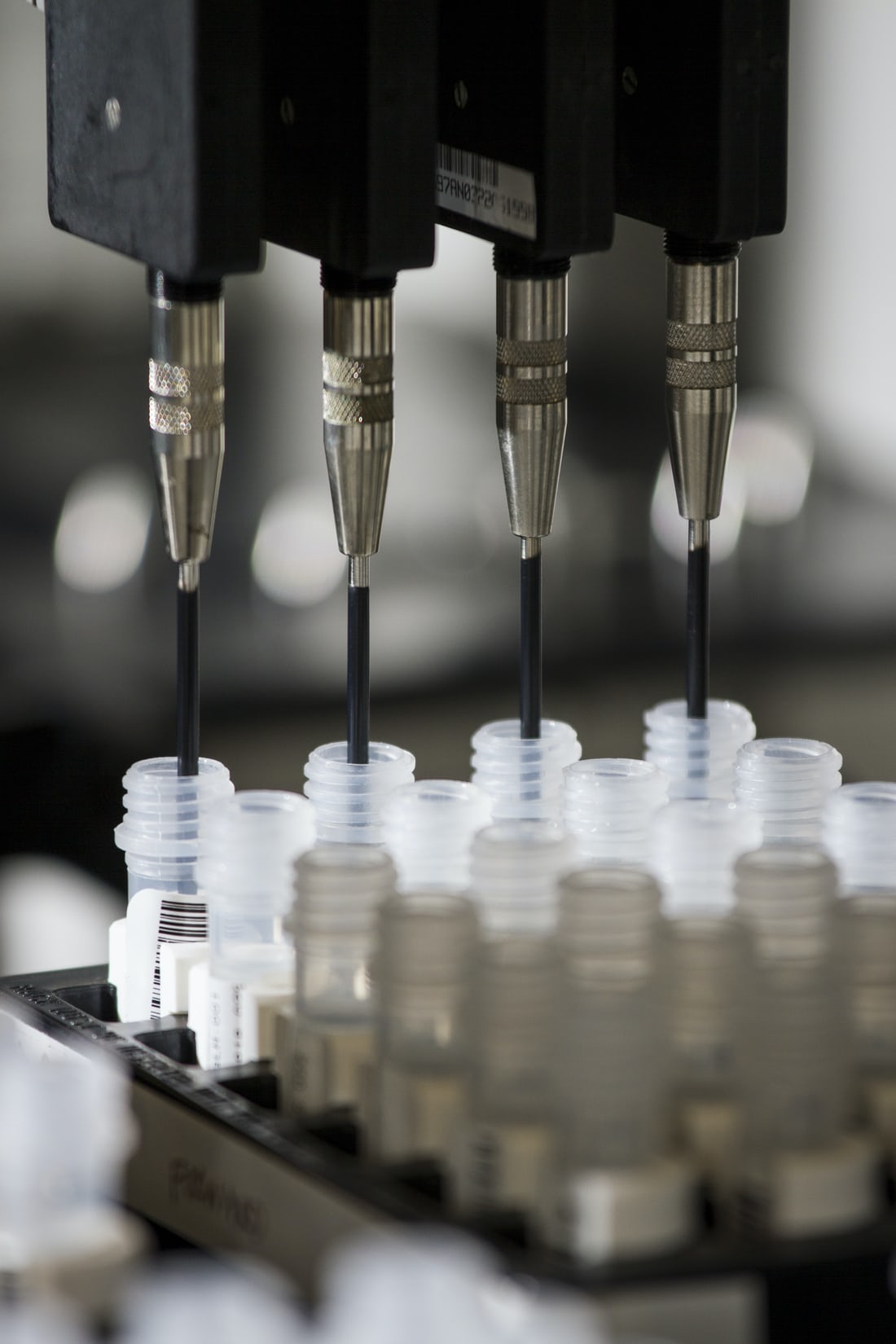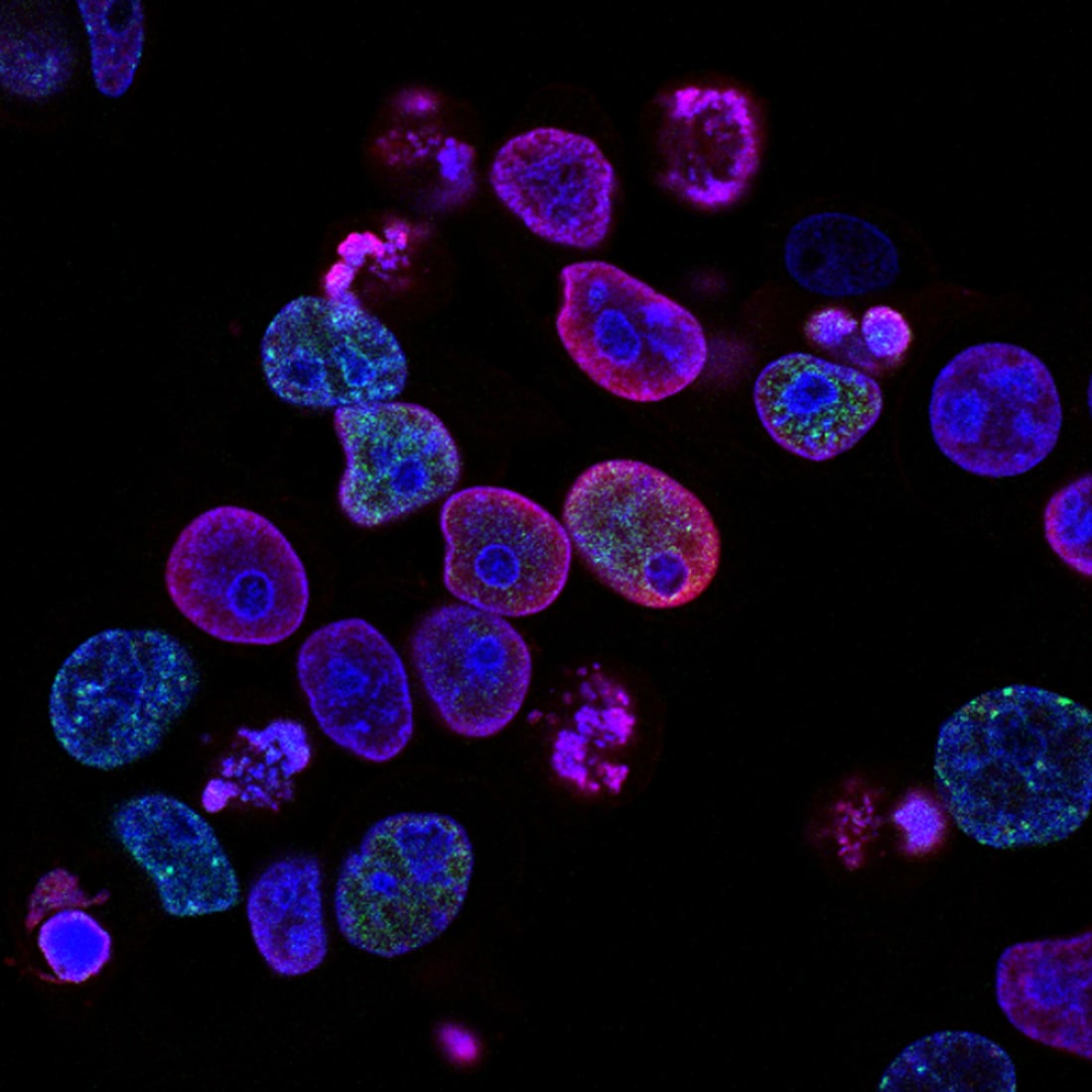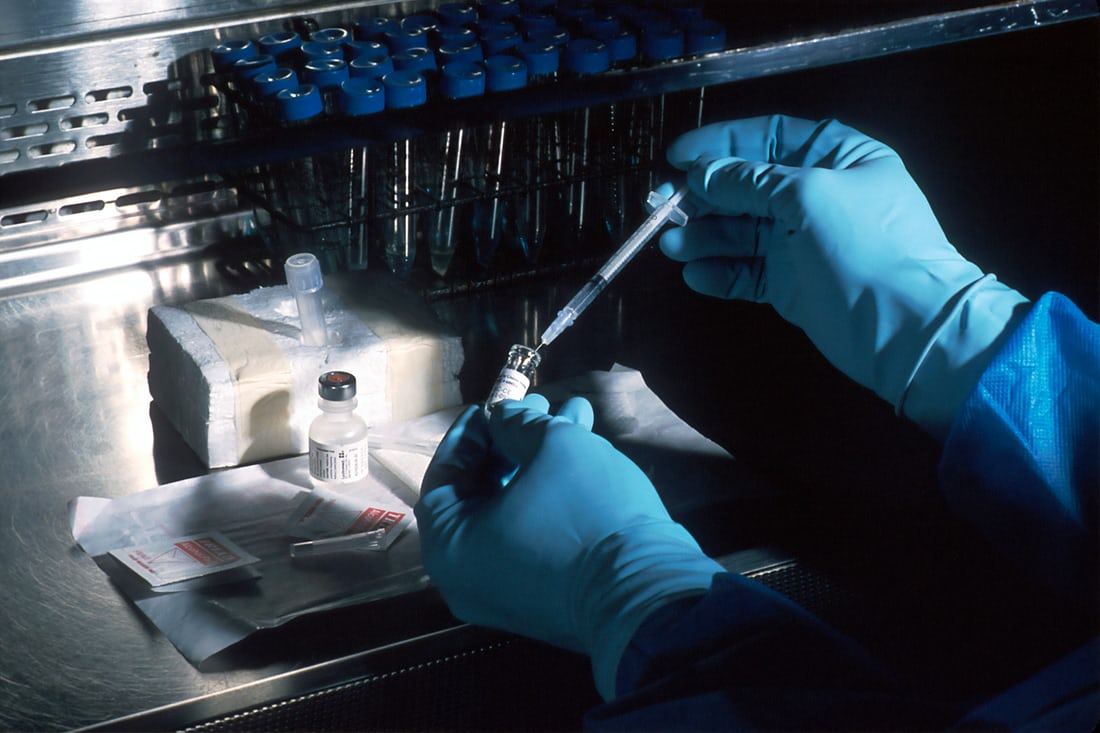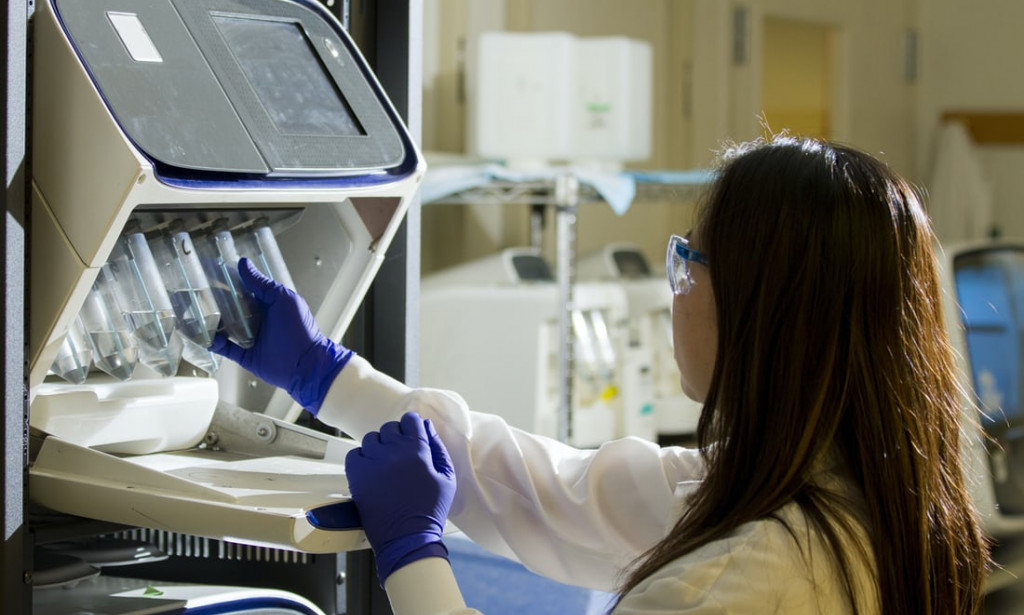History of biotechnology
People have been harnessing biological processes to improve their quality of lifef or some 10,000 years, beginning with thef irst agricultural communities.

A pproximately 6,000 years ago, humansb egan to tap the biological processes ofm icroorganisms in order to make bread,a lcoholic beverages, and cheese and top reserve dairy products. But such processes
are not what is meant today by biotechnology, a term first widely applied tot he molecular and cellular technologies thatb egan to emerge in the 1960s and ’70s. Af ledgling “biotech” industry began toc oalesce in the mid- to late 1970s, led by
Genentech , a pharmaceutical companye stablished in 1976 by Robert A. Swansona nd Herbert W. Boyer to commercialize ther ecombinant DNA technology pioneered byB oyer,

Paul Berg , and Stanley N. Cohen.E arly companies such as Genentech,A mgen, Biogen, Cetus, and Genex began bym anufacturing genetically engineered
substances primarily for medical and
environmental uses.F or more than a decade, the biotechnologyi ndustry was dominated by recombinant

DNA technology, or genetic engineering .T his technique consists of splicing the genef or a useful protein (often a human protein)
into production cells—such as yeast,
bacteria , or mammalian cells in culture—which then begin to produce the protein inv olume. In the process of splicing a gene into a production cell , a new organism is created. At first, biotechnology investors and researchers were uncertain about
whether the courts would permit them to acquire patents on organisms; after all,p atents were not allowed on new organisms that happened to be discovered and identified in nature. But, in 1980, the
U.S. Supreme Court , in the case of Diamond v. Chakrabarty , resolved the matter by ruling that “a live human-made microorganism is patentable subject matter.” This decision spawned a wave of new biotechnology firms and the infant
industry’s first investment boom. In 1982 recombinant insulin became the first product made through genetic engineering to secure approval from the U.S. Food and Drug Administration (FDA).
Since then, dozens of genetically engineered protein medications have been commercialized around the world, including recombinant versions of growth hormone , clotting factors, proteins for stimulating the production of red and white blood cells, interferons, and clot-dissolving agents.

You must be logged in to post a comment.